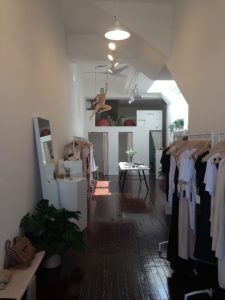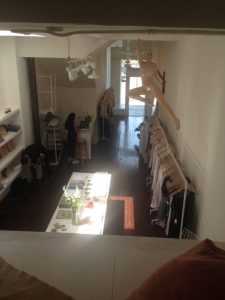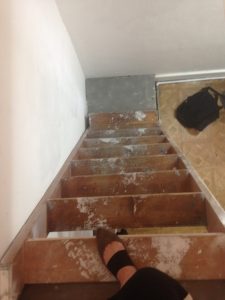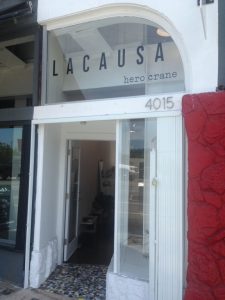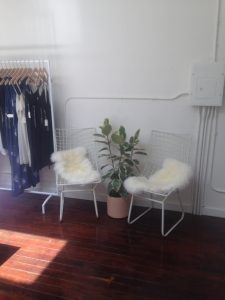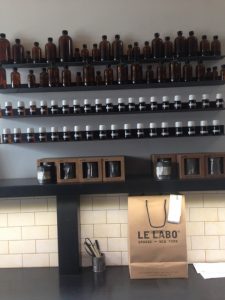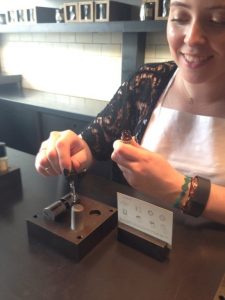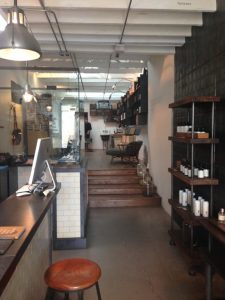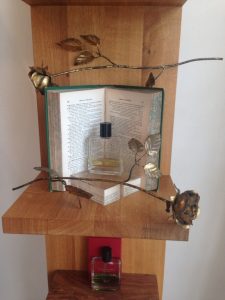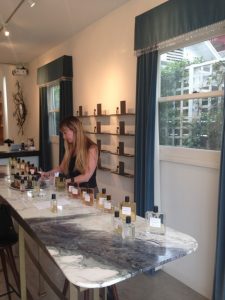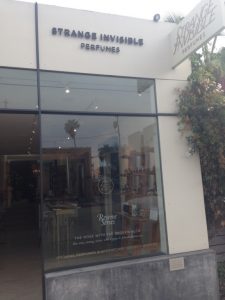Independent retailers are emerging with the purpose of building a neighborhood – without waiting for it to evolve on its own. They’re scouring for the next hotspot, often turning a left-for-demolition building into a collaborative retail venue or workshop, inspiring designers and shoppers alike. By partnering with other like-minded entrepreneurs, team ingenuity is put to work in order to set up shop and feature quality goods.
Here are a few independent retail examples from London, New York, and Los Angeles:
Boxpark, Shoreditch, London: Described as a “pop-up mall” for the people, Boxpark was founded in 2011 by CEO Roger Wade, and composes 61 shipping containers, each as unique as the retailer it houses. Independents, who typically shy from steep retail leases, now have a low cost, low risk option at Boxpark. Made up of mainly independent retailers and artists, there’s no lack of variety. Larger retailers can also join in and experiment, “popping in” to set up shop; Gap did this with a small curated collection called ‘Black Is a Color,’ as a way to feature the latest collection, but also works to refocus brand awareness in the community.
Strange Invisible Perfume, Venice Beach, Calif.: A small independent owned botanical perfumery sits on Abbott Kinney Boulevard right beside a competitor, Le Labo. On the surface, this may seem a bit “strange,” but it turns out to be a win-win for both retailers – these two bespoke perfumeries have become a destination for the neighborhood versus competition. Strange Invisible owns the space next to them and asked Le Labo to move in. Similar in their beliefs, Strange Invisible is organic “without even trace amounts of indifference or hypocrisy,” while Le Labo believes in testing on New Yorkers, never animals. Together they exude the chic bohemian culture of the street and bring the Old World methods and craftsmanship of perfume making to a modern day and age. Le Labo also creates a scent from every city they’re in. Wouldn’t it be cool if we could “smell” what city people are from?
Lacausa, Silverlake, Los Angeles: Fiercely local beyond the norm, Lacausa’s name spells out the U.S. city they’re located in: LA-CA-USA. But it also has a double meaning – translated from Spanish, it means “the cause,” which is something owner Rebecca Grenell has. All of the garments are produced under ethical conditions in a warehouse and factory in Los Angeles. Another example is Cubitts in London. All of the products are made by local London craftsmen, and all named for the streets in the Kings Cross Court area, from which the brand was founded. As a retailer, pay close attention to the names of your products, and see if a local tie can be incorporated.
We Built This City, Carnaby, London: A revolutionized souvenir shop on Carnaby Street in London features a selection of over 250 artists every month from the surrounding neighborhood. The pop-up concept supports artists and gives both locals and non-locals alike alternatives to the typical mugs, T-shirts and trinkets. Not for everyone (but definitely for this community), they sell “Guts and Garlic Chutney” and cubed earwax soap, just as some examples. Plastic life-sized pigeons line store windows and the retailer’s floor, paying homage to daily happenings on Carnaby Street. We Built This City is doing their part to build up their city, and give tourists an accurate memory of their neighborhood.
Advertisement
Is there a local detail that you can feature in your store? An independent artist? A neighborhood flourishes when retailers foster community, and like a community, the more nice “houses” there are on a street, the more everyone wins.
Be on the lookout for the next “Independents” post featuring how independents successfully juggle multiple platforms and collaborate in the creative world.
For more information on Faith Bartrug’s 2015 IRDC presentation regarding independent retailers, click here.
Faith Bartrug of FBD Studios (Columbus, Ohio) has more than a decade of experience in transforming national brands. Her background includes brand strategy, environmental design and visual merchandising, and she has been able to practice what she preaches with leading design firms and clients such as Starwood Retail Partners, Neiman Marcus, and JCPenney.
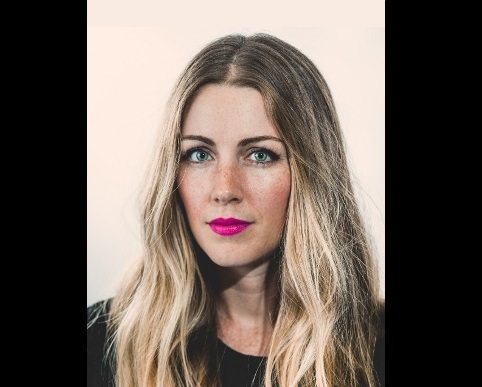

 Photo Gallery3 days ago
Photo Gallery3 days ago
 Headlines1 week ago
Headlines1 week ago
 Sector Spotlight2 weeks ago
Sector Spotlight2 weeks ago
 Headlines1 week ago
Headlines1 week ago
 Headlines4 days ago
Headlines4 days ago
 Headlines2 weeks ago
Headlines2 weeks ago
 Designer Dozen1 week ago
Designer Dozen1 week ago
 Headlines2 days ago
Headlines2 days ago

